Top 10 Ways To Lose Weight Cycling
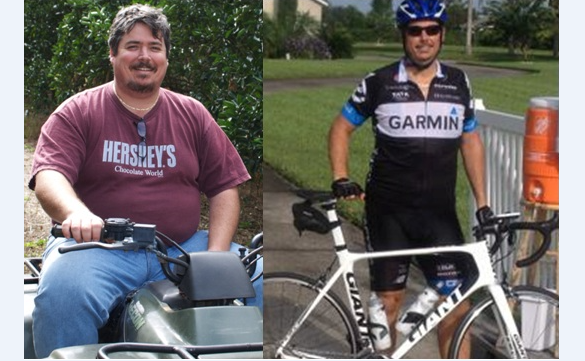 Burn more calories than you take in to lose weight… wow… tell me something I don’t know! The following list is a little more creative:
Burn more calories than you take in to lose weight… wow… tell me something I don’t know! The following list is a little more creative:
1. Interval training or intense training burns the most calories.
Burning the most calories possible = winning. This magic “fat burning zone” is ridiculous as explained in this article: Best Way to Lose Weight Cycling
2. Think of cycling as fun and not as a weight loss program.
The more you love cycling, the more you will do it! Do whatever it takes to make it fun… pretend you are on the tour, race cars off the line or put a bell and tassels on your bike whatever will make you happy to turn those cranks!
3. Immerse yourself in the bike culture.
Go to your local bike shop and hang out… the good influence will rub off on you. You will find other people that are passionate about cycling, find out why they love it, why they are out there and what they are doing…
4. Find a partner!
It is easy to plan a ride and cancel if it is only yourself; however, if someone else is depending on you to be there… you will show up! Group rides are also encouraged! Having trouble finding group rides or ideal partners? Go to your local bike shop find out where people are meeting! (often local coffee shops in the morning)
5. Download Strava!
Track your progress, watch yourself improve, see how far you went or how long you were out there. Challenge yourself or your friends. This program got me addicted to cycling!
6. Change your routine.
It can be subtle little things that you begin to change like riding to work once a week or going for a group ride every Thursday.
7. Get extreme or creative.
I did not renew my car insurance for a month so I was forced to ride my bike to get in better shape! Sign up for a big event. Make bets with people that you can ride to work for an entire week…
8. Sleep & water.
Getting adequate amounts of sleep is critical as sleep deprivation is often mistaken for hunger. The same goes for drinking water.. if you are thirsty you may eat something as opposed to drink water.
9. Ritual.
Many people do a long ride for their birthday every year, select at least one day to do an epic ride each year.
10. Habit
Make cycling a habit in order to effectively lose weight. Again, doing whatever it takes to make it fun and part of your routine.
Cycling is an amazing way to help with weight loss as it is a low impact sport that you can do for a lifetime. Stay fit and have fun.
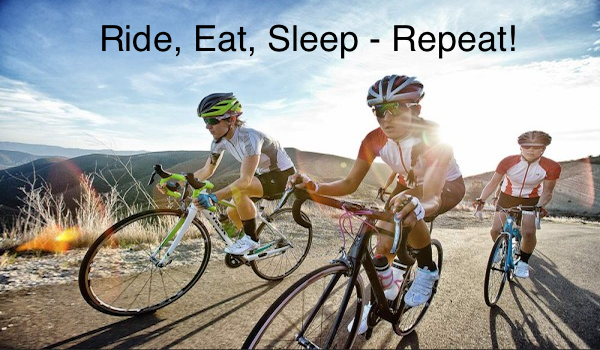 Interestingly, most people really focus on a training plan and often forget how important a nutrition plan actually is. When I first started endurance rides I had no clue what I was supposed to do, I ate when I was hungry and drank when I was thirsty, which inevitably was too late. Bonking is no fun for anyone but I did it on a regular basis, it was just a given, 3-4 hours on a bike was my limit! That was until I learned what to eat on a long bike ride.
Interestingly, most people really focus on a training plan and often forget how important a nutrition plan actually is. When I first started endurance rides I had no clue what I was supposed to do, I ate when I was hungry and drank when I was thirsty, which inevitably was too late. Bonking is no fun for anyone but I did it on a regular basis, it was just a given, 3-4 hours on a bike was my limit! That was until I learned what to eat on a long bike ride.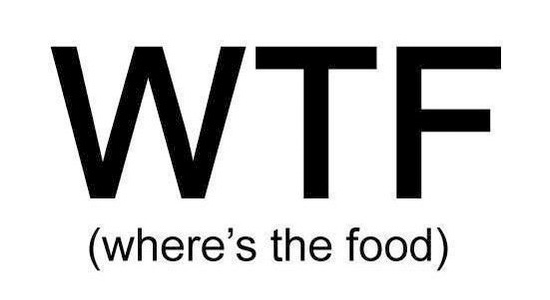 Besides water, there are two main things your body needs after an intense ride: carbohydrates and protein. Carbohydrates are necessary to replenish glycogen stores, which can become depleted during a long ride. Protein is needed by your body to build and repair muscle tissue.
Besides water, there are two main things your body needs after an intense ride: carbohydrates and protein. Carbohydrates are necessary to replenish glycogen stores, which can become depleted during a long ride. Protein is needed by your body to build and repair muscle tissue. 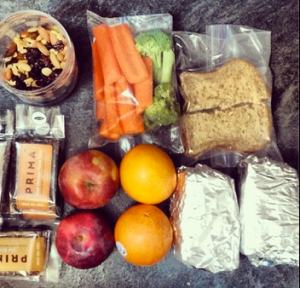
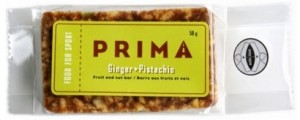
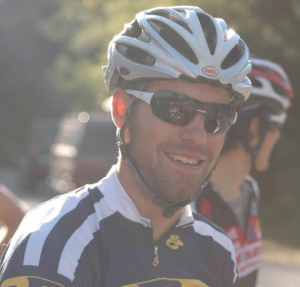
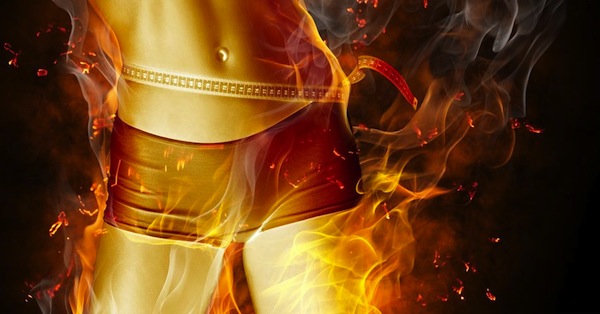 Cycling at a medium pace primarily targets fat cells for energy; therefore, people say it is the “fat burning zone” and is the best way to lose weight cycling. Although all of this is true it is only half the story.
Cycling at a medium pace primarily targets fat cells for energy; therefore, people say it is the “fat burning zone” and is the best way to lose weight cycling. Although all of this is true it is only half the story. A battle is being waged on North American convenience store shelves. Sports beverages, led by Gatorade are fighting for their lives against energy drinks like Red Bull, Monster and Rock Star. At the heart of the battle is the question: do any of these drinks really boost performance?
A battle is being waged on North American convenience store shelves. Sports beverages, led by Gatorade are fighting for their lives against energy drinks like Red Bull, Monster and Rock Star. At the heart of the battle is the question: do any of these drinks really boost performance?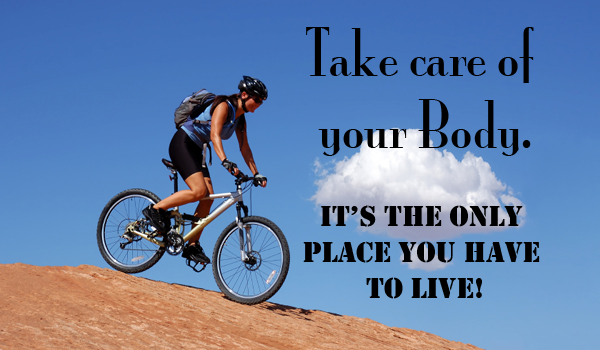 You are the engine. Fuel the engine properly and it will perform. Don’t… and… you will putter out.
You are the engine. Fuel the engine properly and it will perform. Don’t… and… you will putter out.